In pictures: Bomb the Bass's stripped-back studio
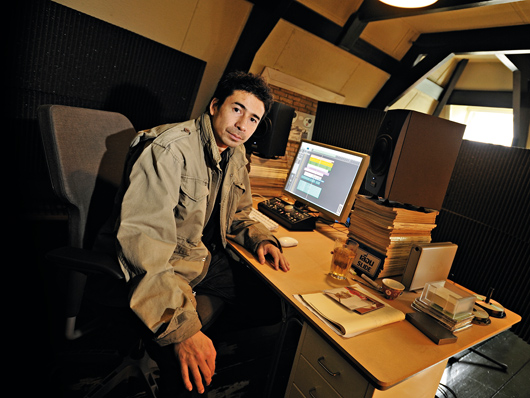
Step inside
A key player on the nascent ‘80s dance music scene, Tim Simenon returned with a new Bomb The Bass album, Future Chaos, in 2008, and has just revealed that work has almost finished on its follow-up. Future Music magazine caught up with Tim in his Amsterdam studio, where he revealed that his approach to music making has changed radically over the years.
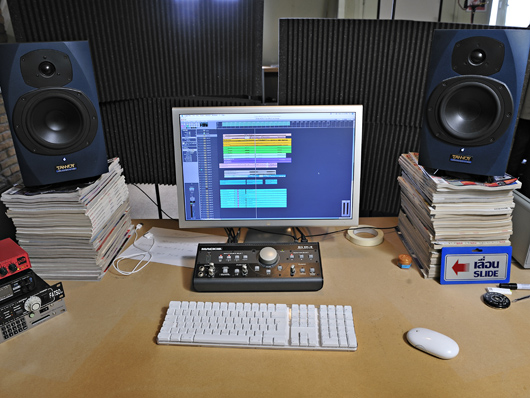
Software convert
Tim used to be something of a hardware junkie but, having had it in storage for a few years and realising that he no longer needed it, he auctioned off most of his studio gear in 2003. “The money I made from selling it I reinvested into new gear - laptops and the desktop,” he says. “And that’s what I’ve been using ever since, aside from the Minimoog, which is on the new album a lot.”
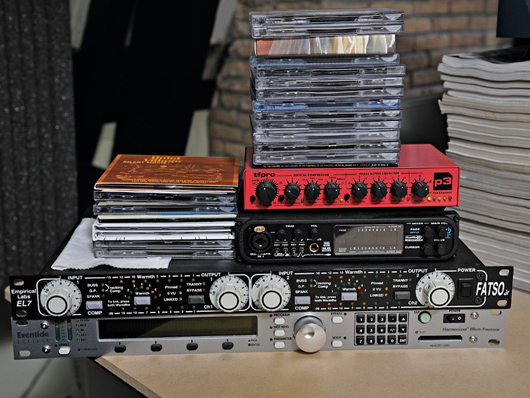
Outboard
He may now do most of his work in the box, but as you can see from the precariously balanced ‘rack’ above, Tim hasn’t completely abandoned his outboard. “I love the [Eventide] Eclipse, it has a fantastic sound and it’s appeared a lot on the new album, whereas I’m not sure the Empirical Labs Fatso featured much on this particular version of the album anyway - there have been three different versions of the album prior to this one.”
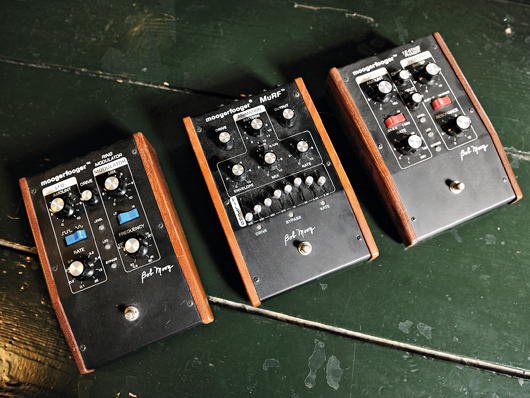
Moog lover
As well as his beloved Minimoog, which was used to create “90% of the synth sounds on the album”, Tim also has these classic Moogerfooger pedals. “We used a lot of real distortion too, sticking things through amps and through pedals - basic Boss distortion boxes. Nothing flash at all as they just did the trick.”
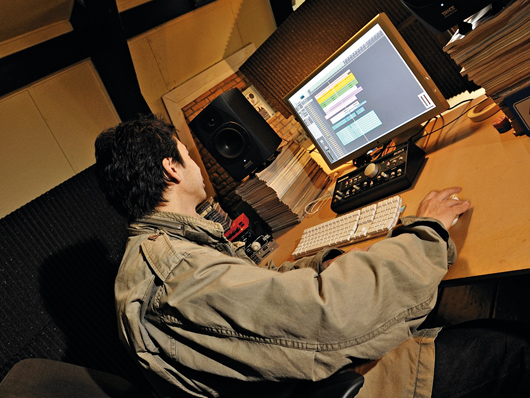
DAWs
Tim’s a long-time Logic fan, having been using it since its Notator days. He also keeps Ableton Live on his hard drive, though, describing it as “the program I always go to for sketching out ideas”. However, it’s Apple’s software that still gets fired up most: “Logic is really the solid workhorse for me, which handles all my structuring, editing and mixing,” he says.
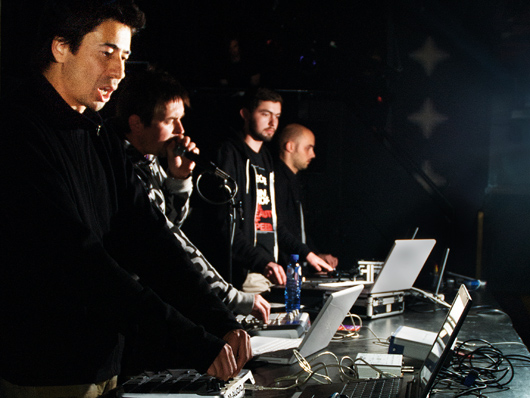
Going live
Naturally enough, Tim now uses a laptop-based setup when he heads out on the road - an Apple PowerBook running Ableton Live and hooked up to an M-Audio Trigger Finger. “I’m running everything on Ableton so basically what I’ve done is de-constructed all the tracks we’re playing, including some of the older tracks, and just grabbed bits from them, which I’ve then turned into clips in the Session view,” he explains.

Future Music is the number one magazine for today's producers. Packed with technique and technology we'll help you make great new music. All-access artist interviews, in-depth gear reviews, essential production tutorials and much more. Every marvellous monthly edition features reliable reviews of the latest and greatest hardware and software technology and techniques, unparalleled advice, in-depth interviews, sensational free samples and so much more to improve the experience and outcome of your music-making.











